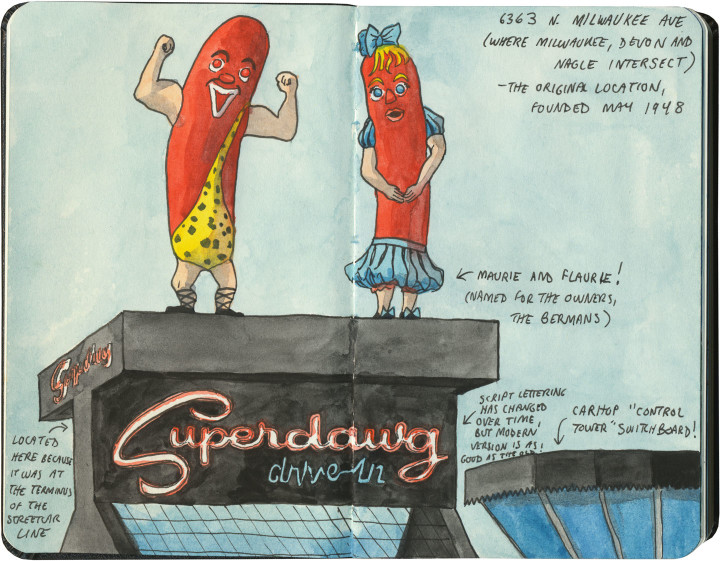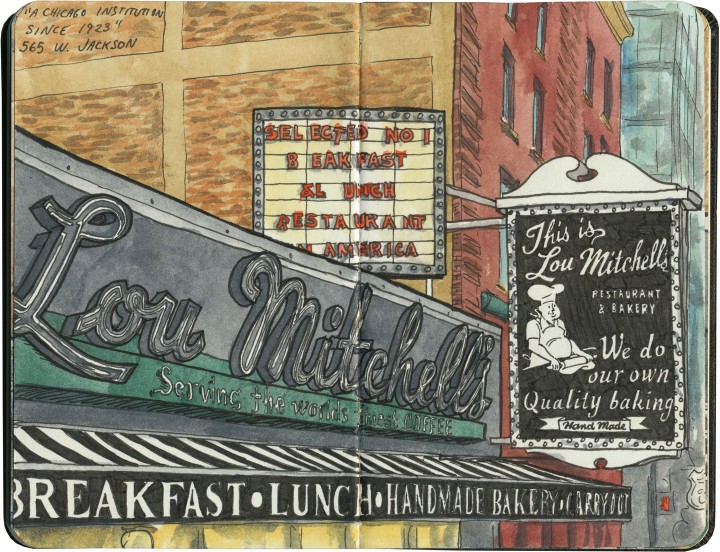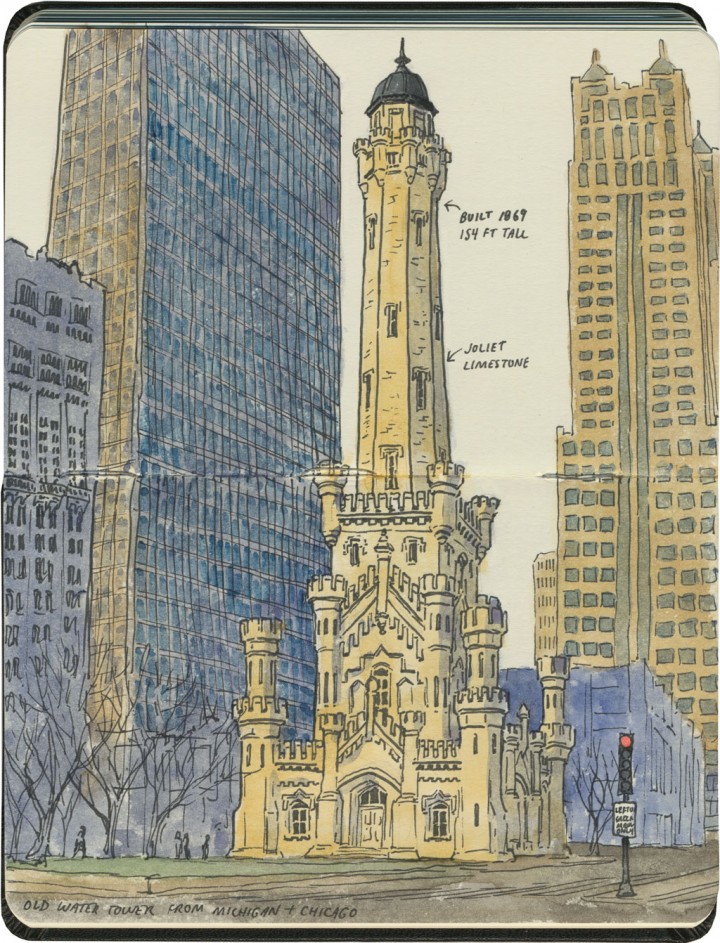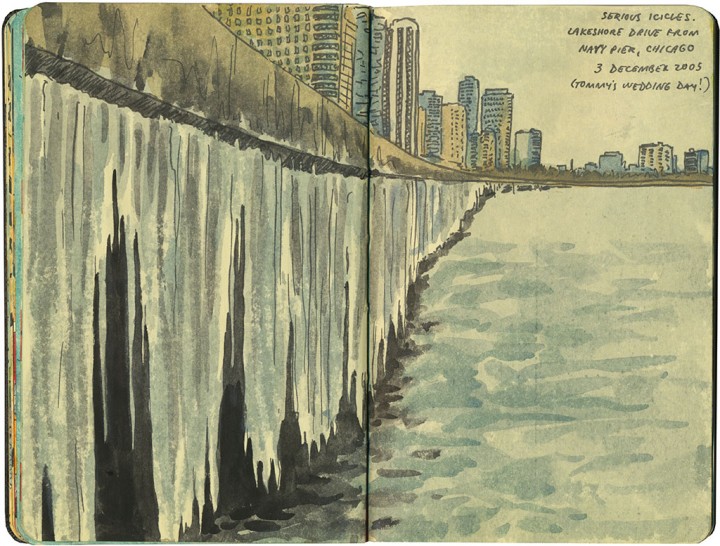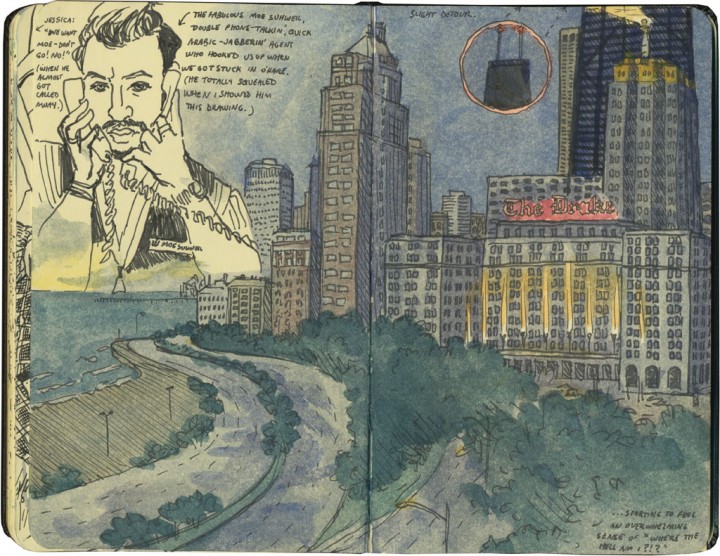This post is part of an ongoing series called 66 Fridays, which explores the wonders of old Route 66. Click on the preceding “66 Fridays” link to view all posts in the series, or visit the initial overview post here.
To help you keep your bearings in this 66 Fridays series, and to provide an overview of the route, the first few posts will go in geographical order. So let’s start at the very beginning, at the eastern terminus of the route.
American highways, in general, are measured from south to north, and from west to east. So in general, the “start” of any highway is technically its southern- or westernmost point, and the milemarkers count from there. But for our Route 66 trip we went from east to west. That’s because for that highway, at least, most travelers (from Dust Bowl migrants to pleasure cruisers) seemed to head that direction. All the Route 66 lore, from songs to stories, seems to be oriented that way, too. And besides, America is steeped in the tradition of heading West—to me, the East still feels like a beginning, and the West a promise of what lies ahead.
So that put the beginning of our journey at the beginning of the route: in downtown Chicago.

Route 66’s path through Chicago has changed somewhat over the years, but that’s a longer story than necessary for this post. To make things simpler, most travelers and historians count Michigan Avenue, between Adams and Jackson, as the eastern terminus of the Mother Road. (Adams is a one-way heading west, and Jackson is the same eastbound, hence the two intersections.) And there are no better guardians of the route than the bronze lions prowling in front of the Art Institute.

It’s even more fitting when you consider that the Art Institute was originally part of the 1893 World’s Columbian Exposition. A sort of World’s Fair, the Exposition marked 400 years since Christopher Columbus landed in the New World, and celebrated the rebirth of Chicago after the Great Fire of 1871. Most of the buildings erected for the Exposition were designed to be temporary, but the Art Institute was intended to occupy what was the World Congress Auxiliary Building at the fair, so that structure was made permanent.
Oh, and incidentally, the Art Institute of Chicago was originally called the Chicago Academy of Design, which was founded in 1866. Its address before the Great Chicago Fire? 66 West Adams Street.

Somehow, then, it seems pretty perfect that an old WCE building, originally designed to promote westward exploration and new beginnings at the fair, marks the beginning of America’s best-known westward highway.

